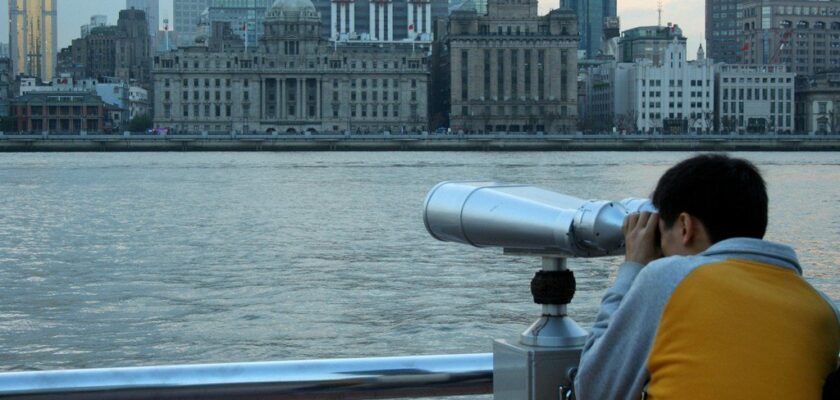Waitang Waterfront
Waitang Promenade, also known as the Bund, is a 1.5 kilometer stretch of Sun Yat-sen Street and is rightly considered a favorite place to walk in Shanghai. It is a slice of Europe in the heart of China, captivating travelers with its eclecticism and identity. The Waitang Promenade runs along the banks of the Huangpu River, on the other side of which is another Shanghai landmark – the skyscrapers of the Pudong business district with the Pearl of the Orient TV Tower.
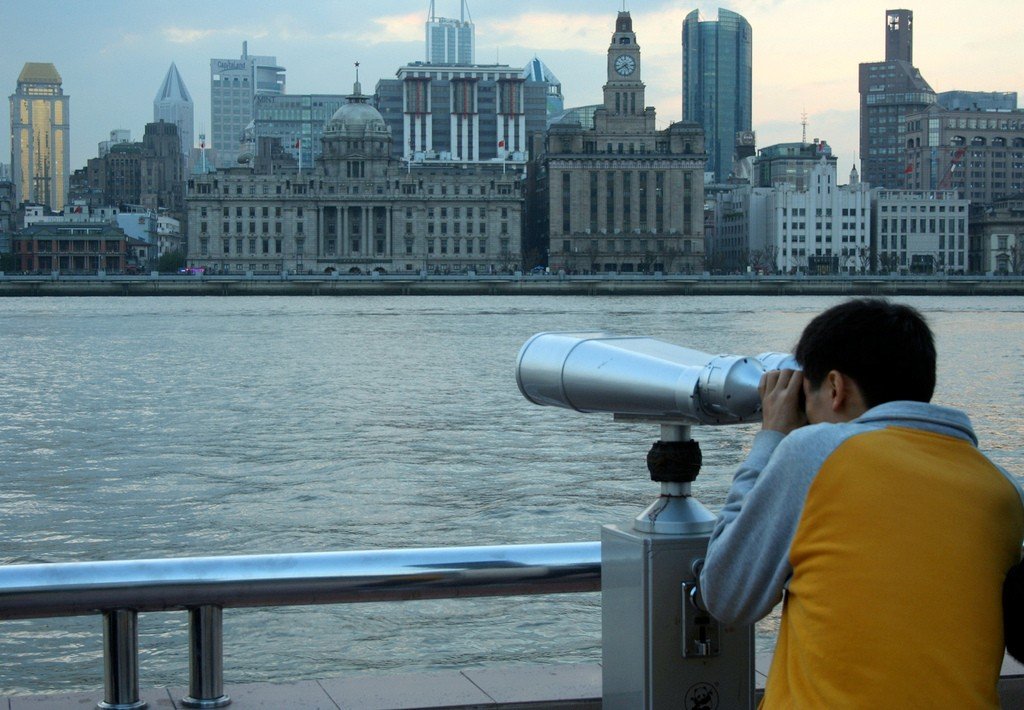
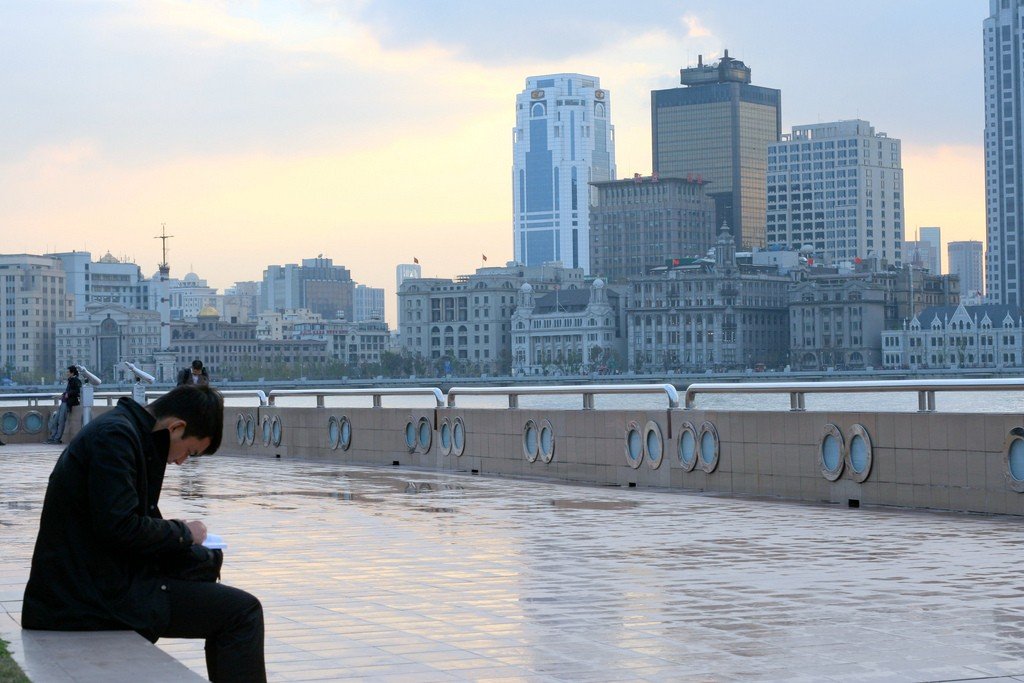
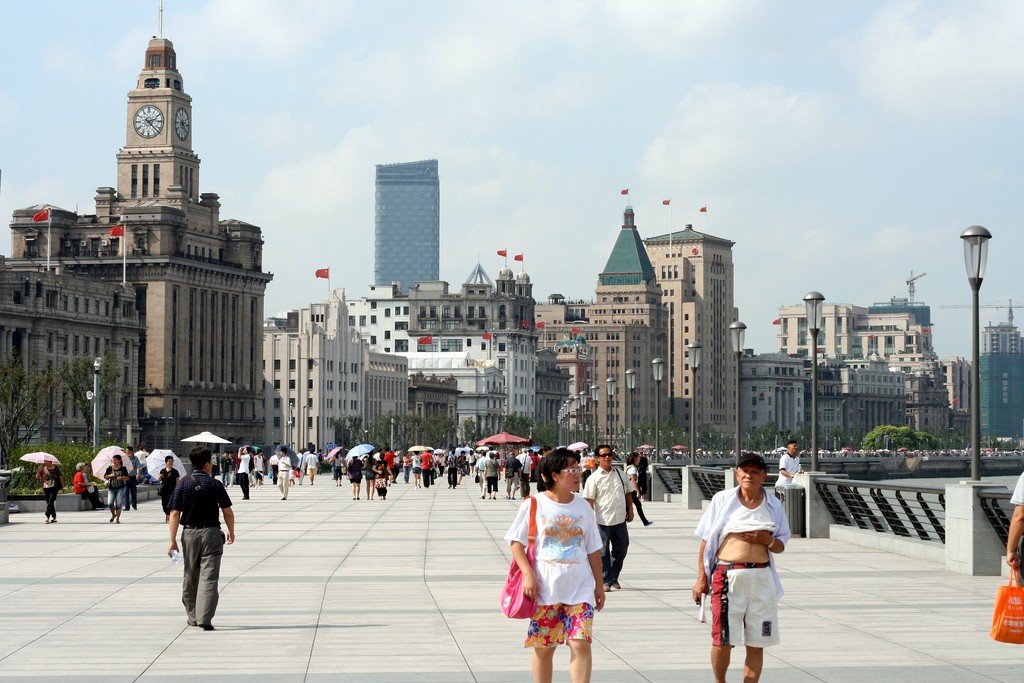
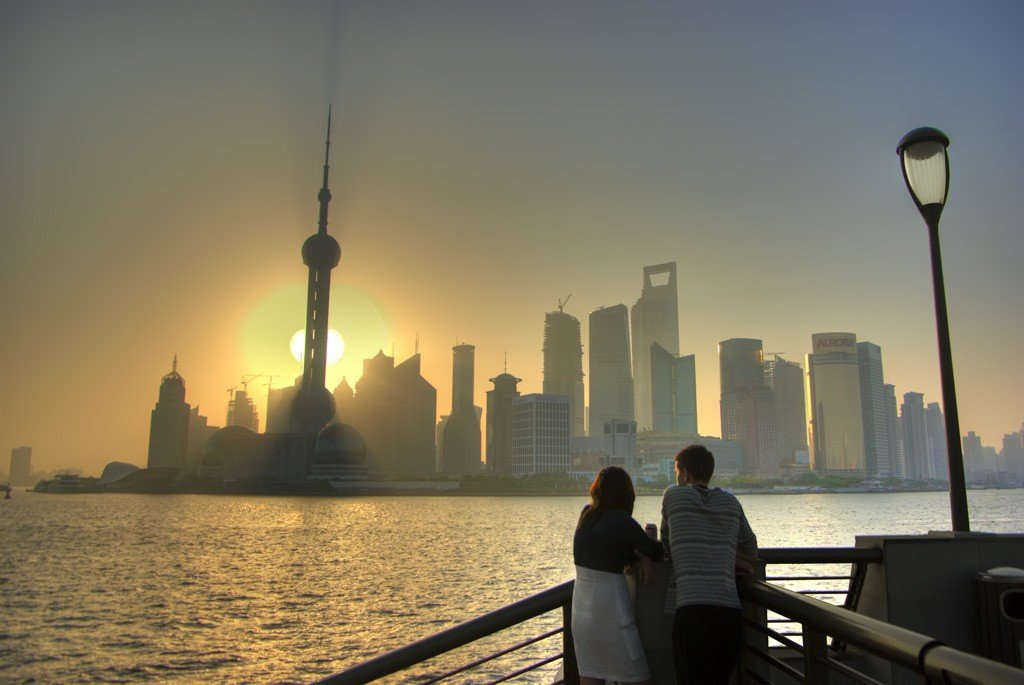
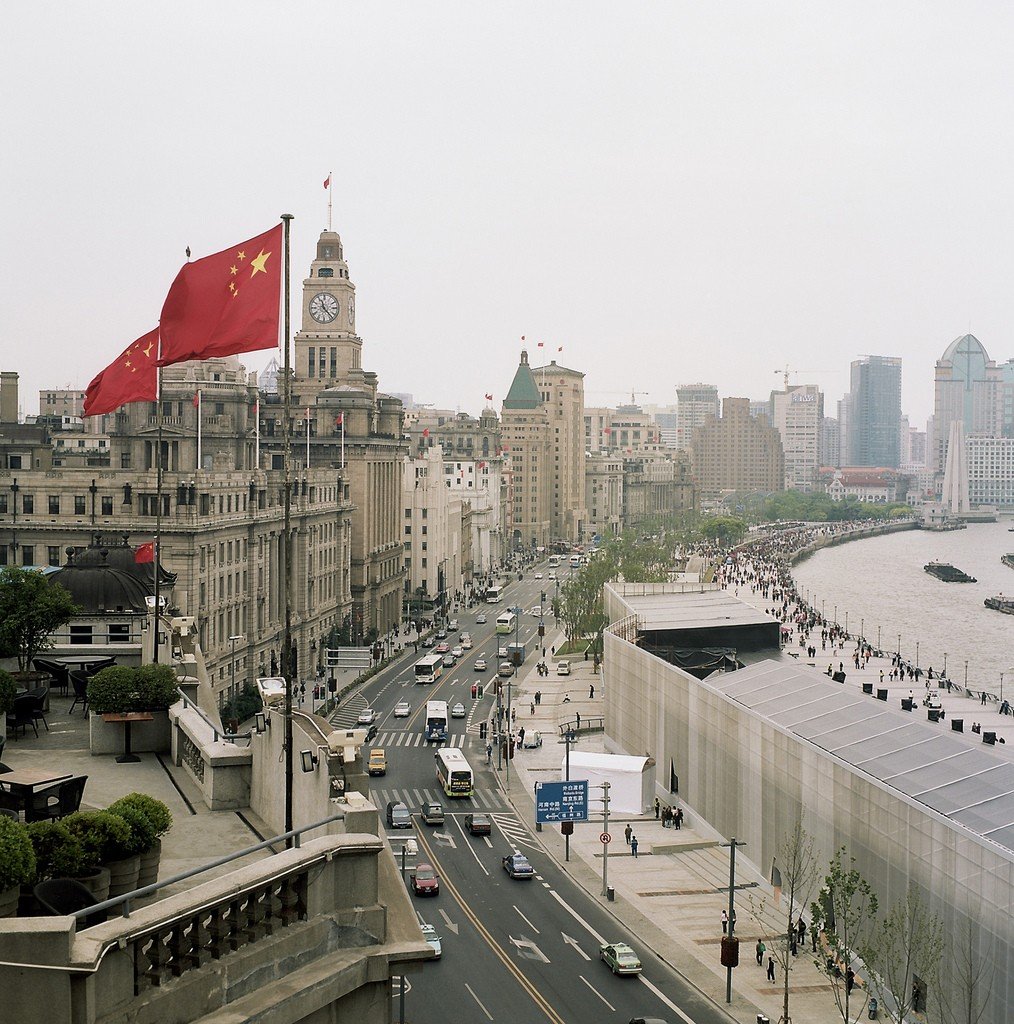
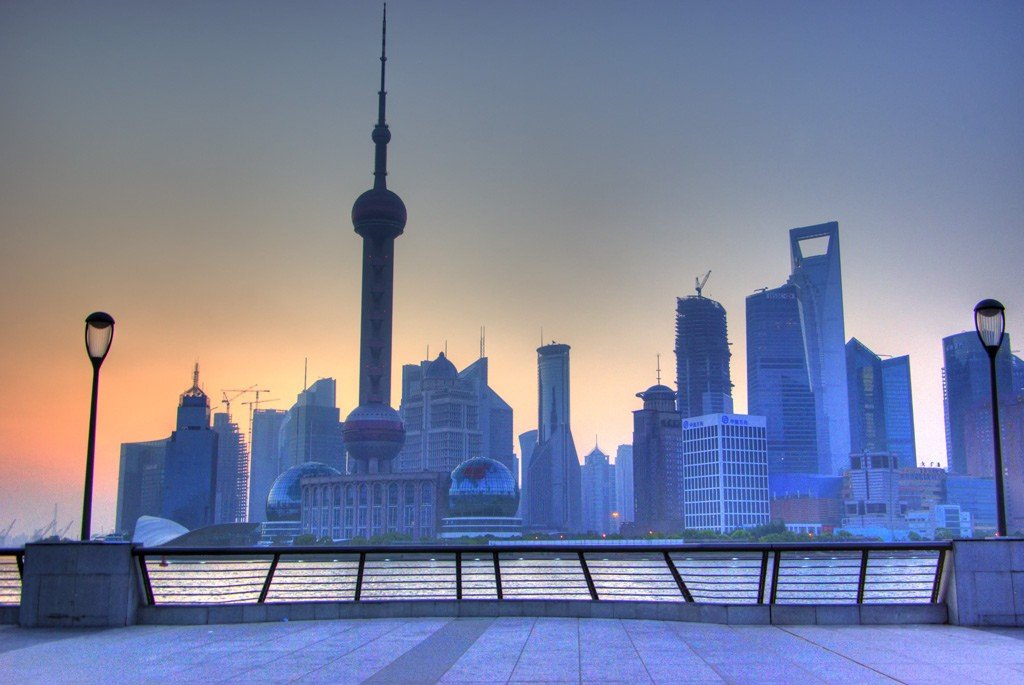
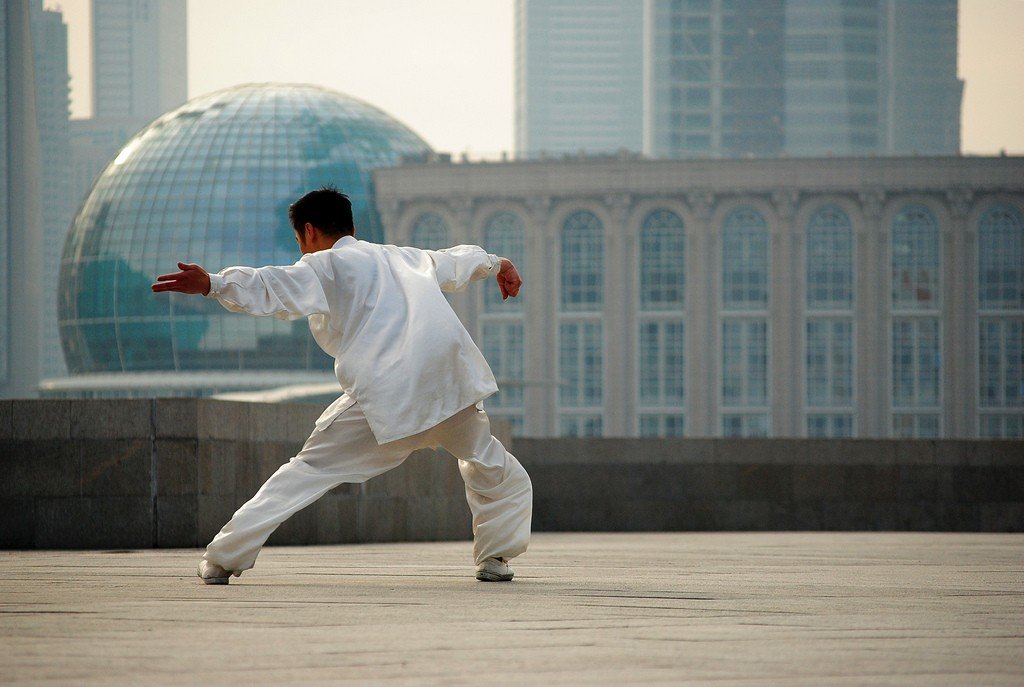
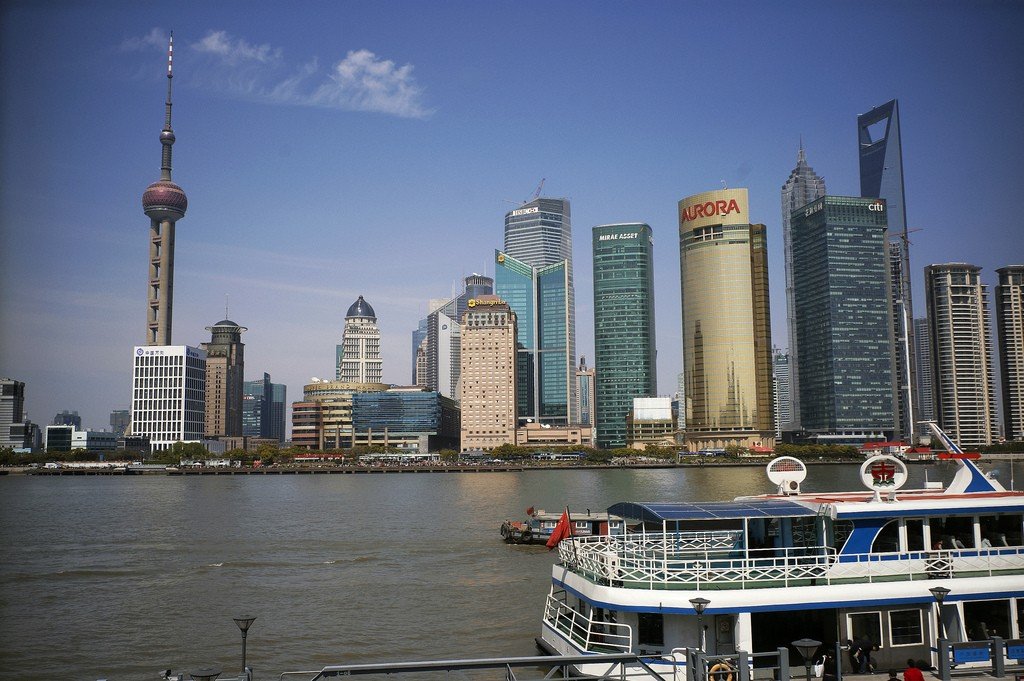
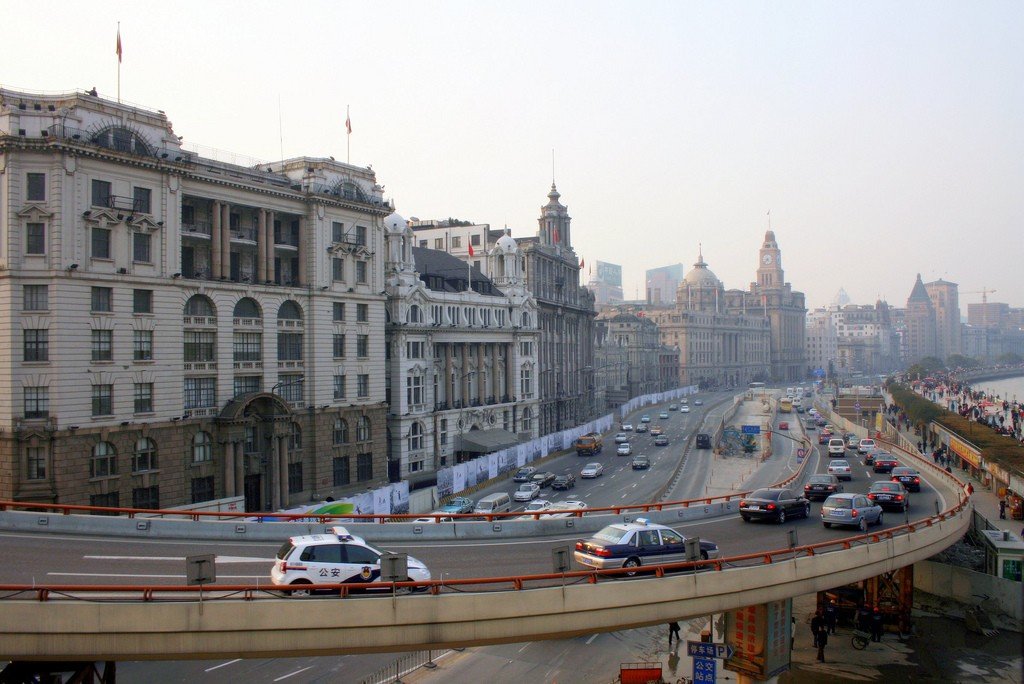
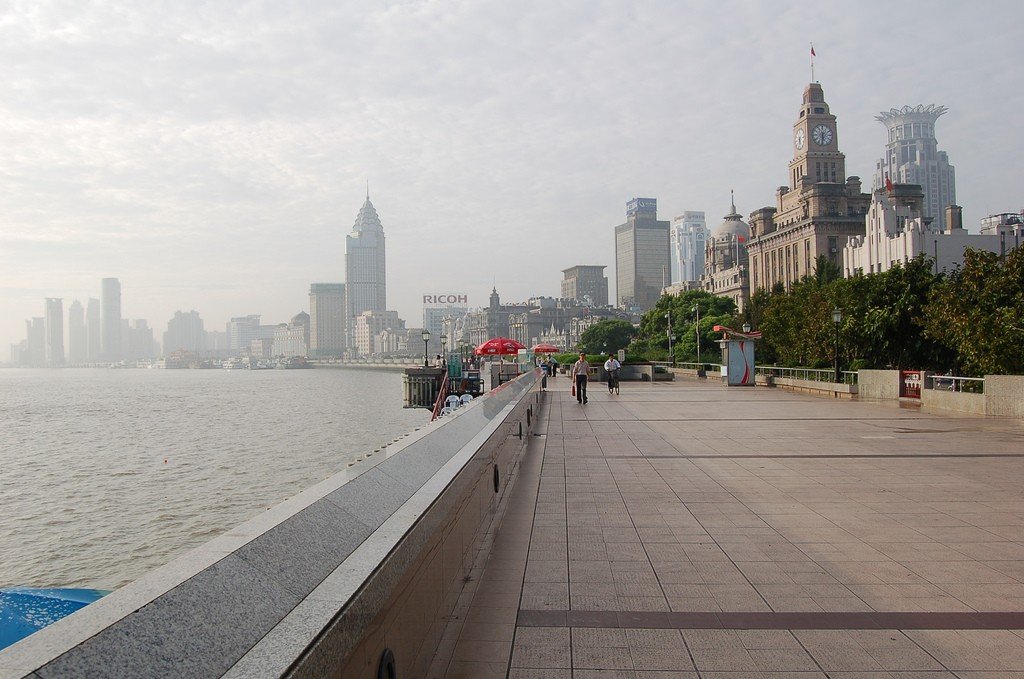
Video: Waitang Waterfront at Night
” title=”YouTube video player” frameborder=”0″ allow=”accelerometer; autoplay; clipboard-write; encrypted-media; gyroscope; picture-in-picture; web-share” allowfullscreen>History and Architecture
The story of the history of the development of the Waitan waterfront begins when, in the mid-19th century, the Chinese government decided to give an unremarkable one and a half kilometer stretch on the left bank of the Huangpu River to accommodate foreigners. At that time, no one could imagine that just a few decades later, the Bund (as the settlers themselves began to call the quarter) would turn into a developed financial center of Shanghai.
.
The most common version of the origin of the word “Bund” is the theory that it is a loanword from Hindi, meaning “muddy shore”. Descriptions that have survived from the early 19th century suggest that this is what the Waitang waterfront looked like in those days.
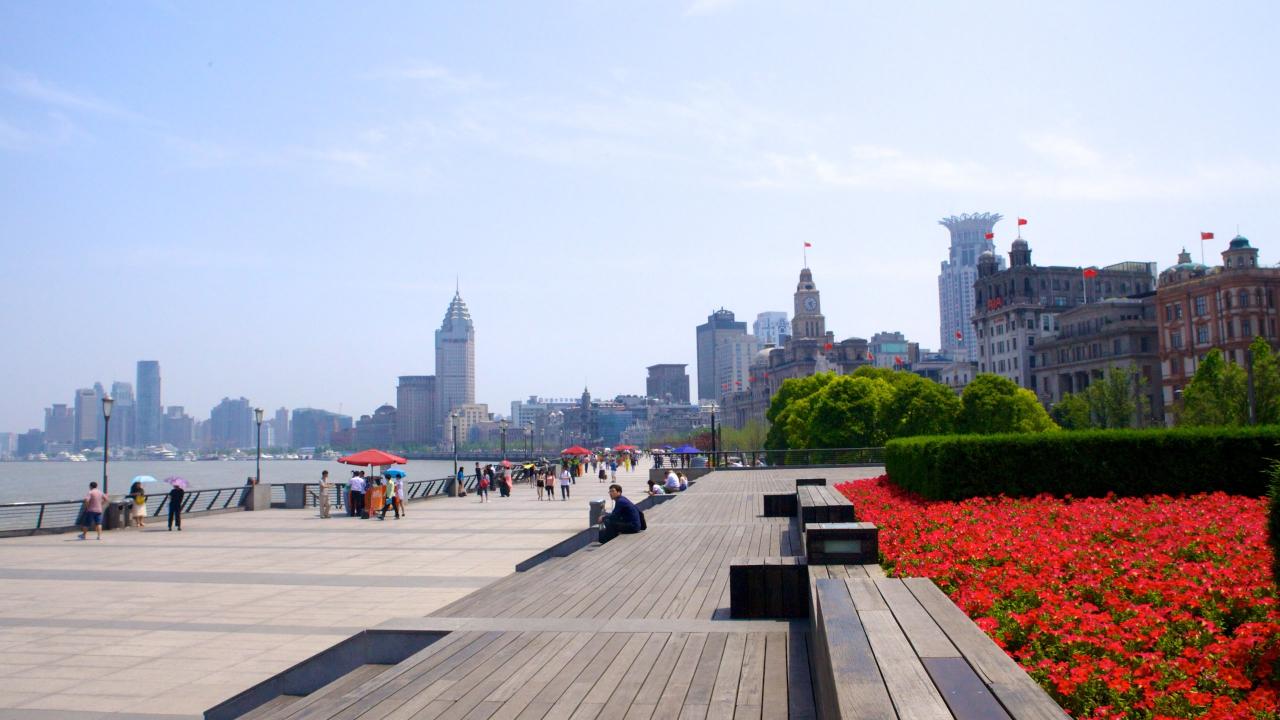
The street might have remained a “dirty waterfront”, but in 1846 the first British company opened an office here, marking the beginning of the European colonization phase of Shanghai. After that, the offices of major companies from France, Belgium, Germany, Russia and other countries were built up in Bund one after another.
.
In 1901, one of the most luxurious buildings was erected in Bund, the Russian Bank. Located at 15 Zhongshan Dong, the three-story structure still impresses with its exquisite finishes to this day.
.
.
Nearby is the Fairmont Peace Hotel, erected in 1908, the most presentable and elite Shanghai hotel of the first half of the 20th century, welcoming visitors to this day.
.The Bund is simply dotted with buildings of all kinds of European banks. It is largely due to their diversity that Waitang is considered a “museum of world architecture”. Indeed, if you look at Shanghai, the waterfront stands out sharply against the background of both the old city, marked by classical Chinese style, and modern business districts.
.
Lastly, it is worth noting that the government fully appreciated the architectural heritage of the colonization era, so for a long time construction on the Waitang waterfront was completely banned. The Bund’s first recent new construction was a premium hotel, The Peninsula Shanghai, fully completed and commissioned in 2009.
.
What to see
It’s not just architecture lovers who will find it interesting to stroll along the Waitan Waterfront. There are many other attractions, the most famous of which are the following:
- “Monument to the People’s Heroes” is a memorial erected in the last decade of the 20th century to honor the heroes of the Chinese revolution, as well as people who died fighting natural disasters. It features 3 symbolic rifles leaning against each other and is striking in grandeur and scale. .
- Monument in honor of the Shanghai Uprising of 1927. Like the previous monument, it is located in Huangpu Park, the smallest botanical garden in Shanghai, opened in 1886.
- Monument to Chen Yi – Marshal, the first mayor of communist Shanghai and Chinese Foreign Minister. This man was a close friend of Mao Zedong himself, who honored Chen Yi for his great services to the motherland. It was at this figure’s funeral that Mao made his last public appearance. .
- As you stroll through Huangpu Park, be sure to check out the nearby Weitang History Museum. There you can enjoy historical photos of the waterfront and learn interesting details about its development. Right from the museum, an underwater walkway runs to the other side of the Huangpu River, leading to the foot of the East Pearl Television Center. The tunnel is nearly 650 meters long.
- Waibaidu is one of the oldest steel bridges in Shanghai. Its ensemble is characterized by the grandeur and thoroughness of the structure. It is the main link between the northern and eastern parts of Shanghai.
- “Footstep of an Era” is an extremely unusual mesmerizing waterfall with a clock, which can be found opposite the Customs building.
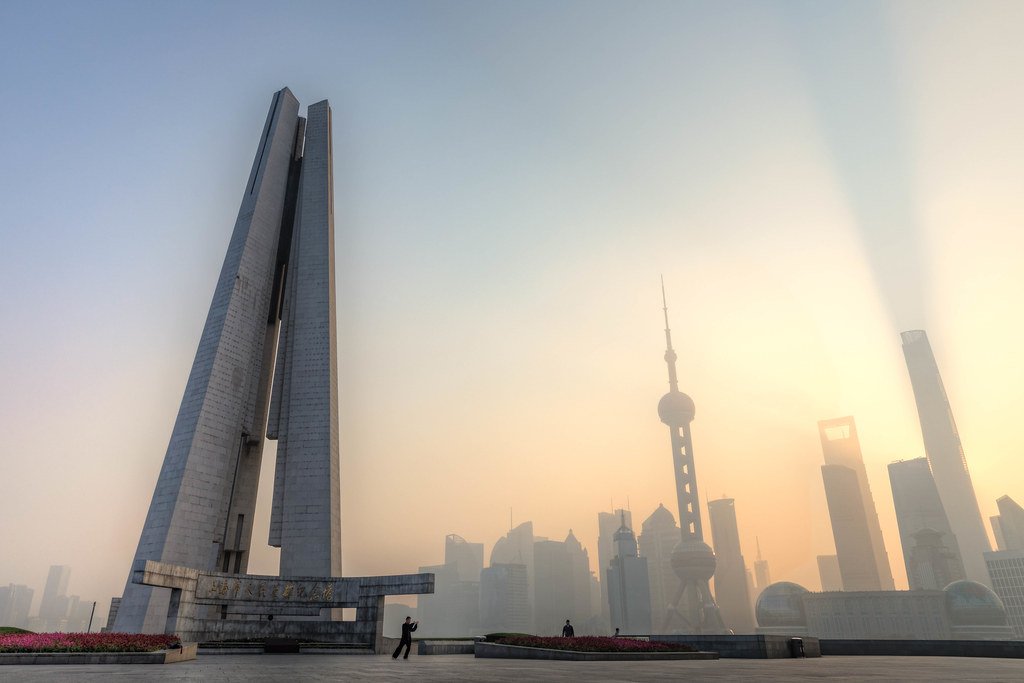
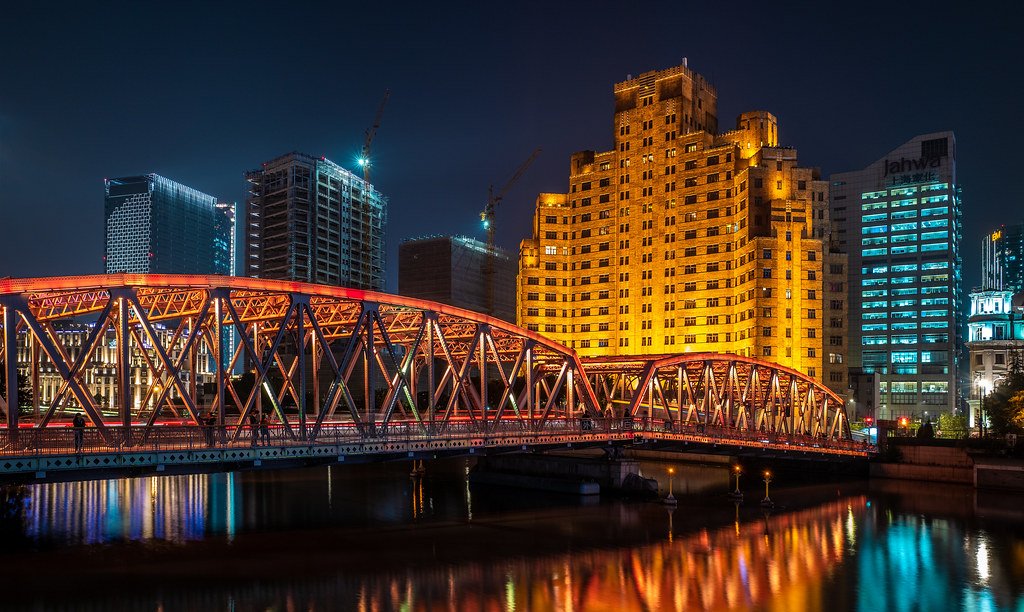
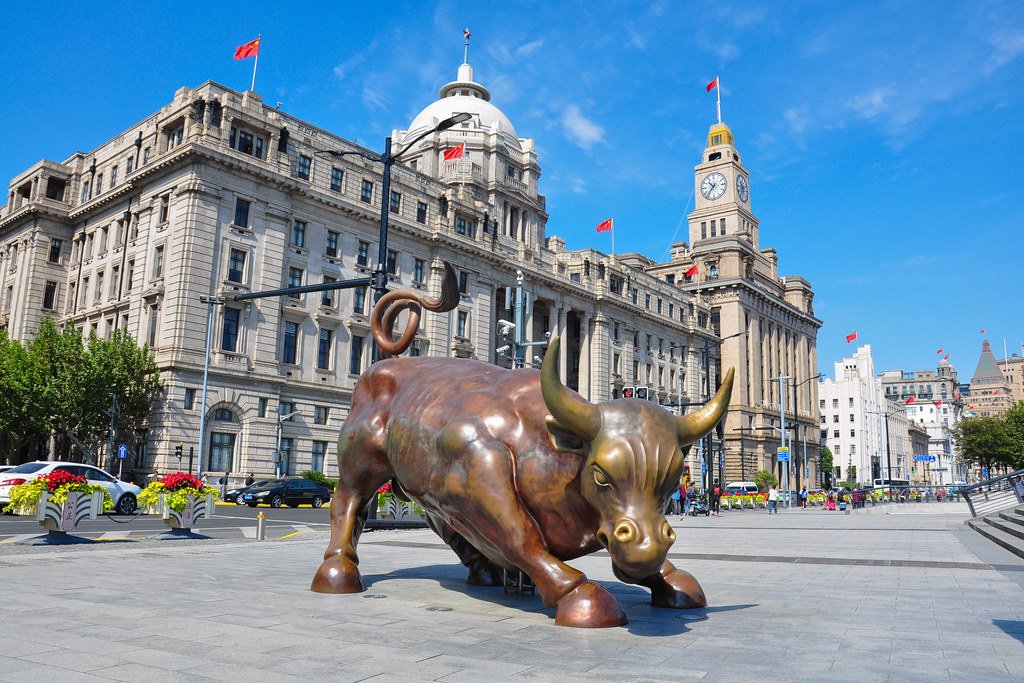
When planning a visit to the Bund, don’t hesitate to set aside time for a river excursion on the steamboat that departs regularly from the park. Such a trip is a unique opportunity to see the sights not only of the Waitang waterfront, but also of Pudong, looking at them from an unusual angle. And, of course, wait for the sun to set on the waterfront to fully enjoy the evening views – the skyscrapers and towers are magnificently illuminated. But take into account that the colorful illumination is not every day and not all night, so when going to China, be sure to check the lighting schedule in advance.
.In addition, the Bund, like any tourist district, is famous for all sorts of cafes and restaurants. Even walking around it all day, you won’t go hungry.
.
Waitan Waterfront is a unique island of European culture in the heart of Shanghai, loved and revered not only by tourists, but also by the city’s residents.
.